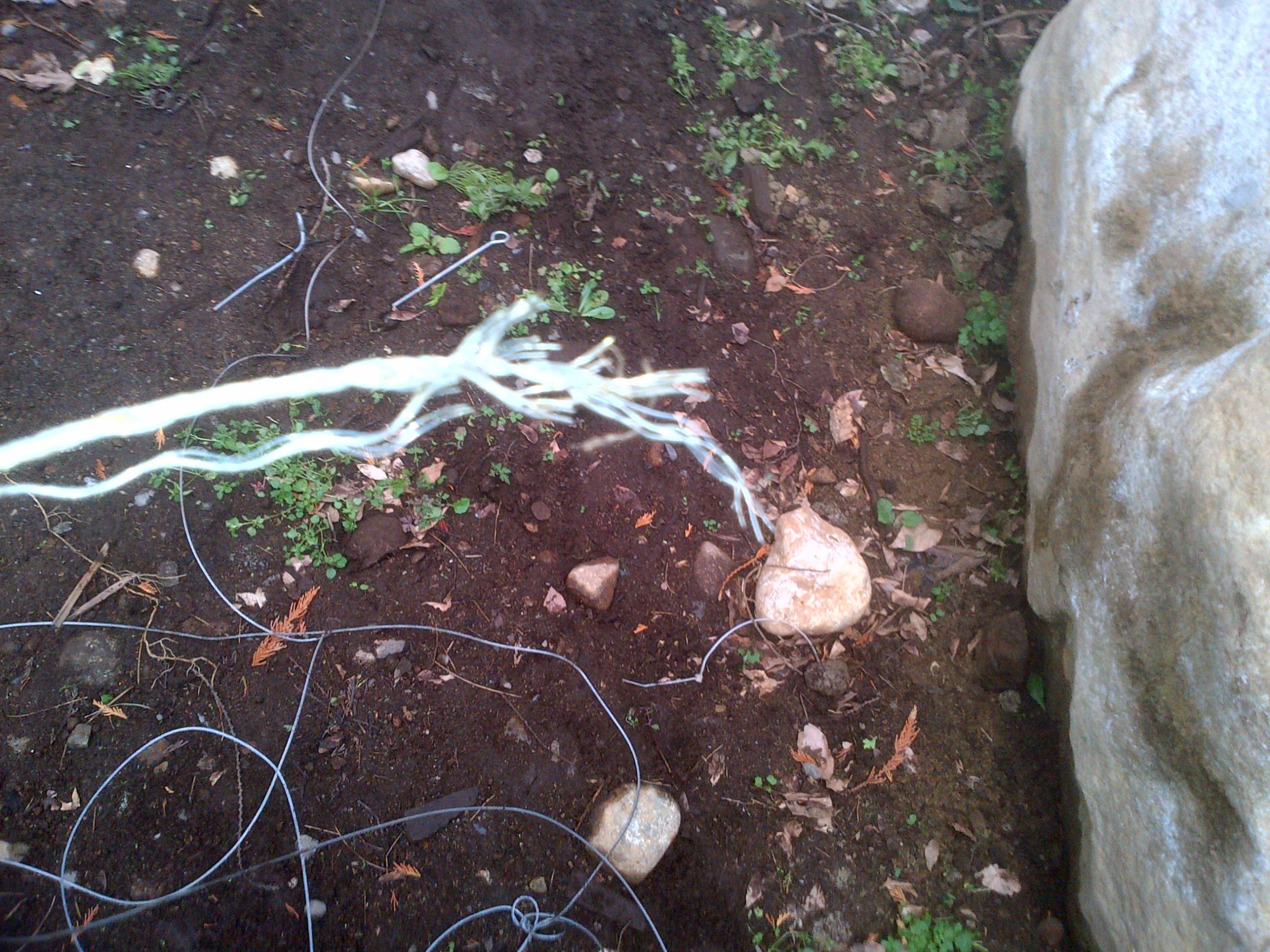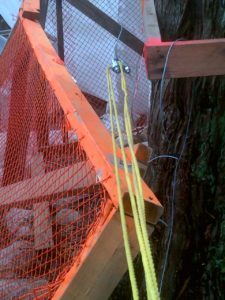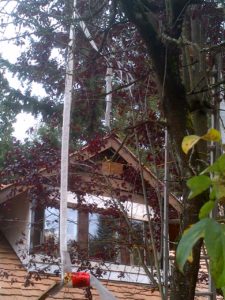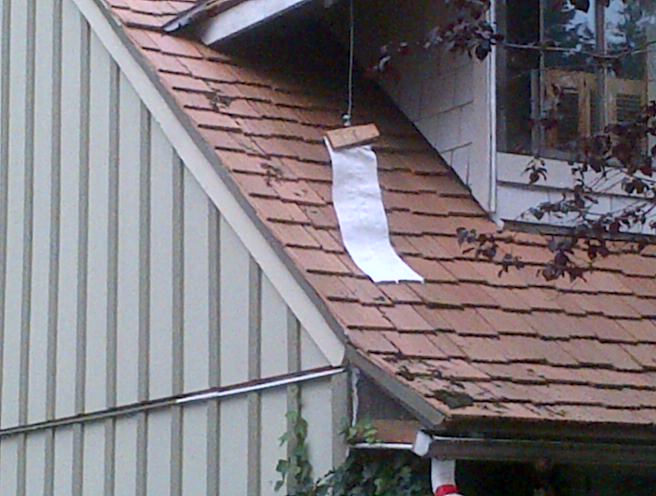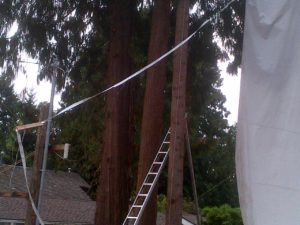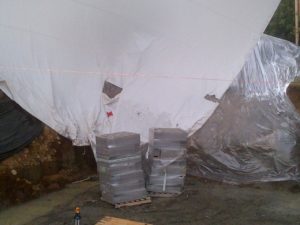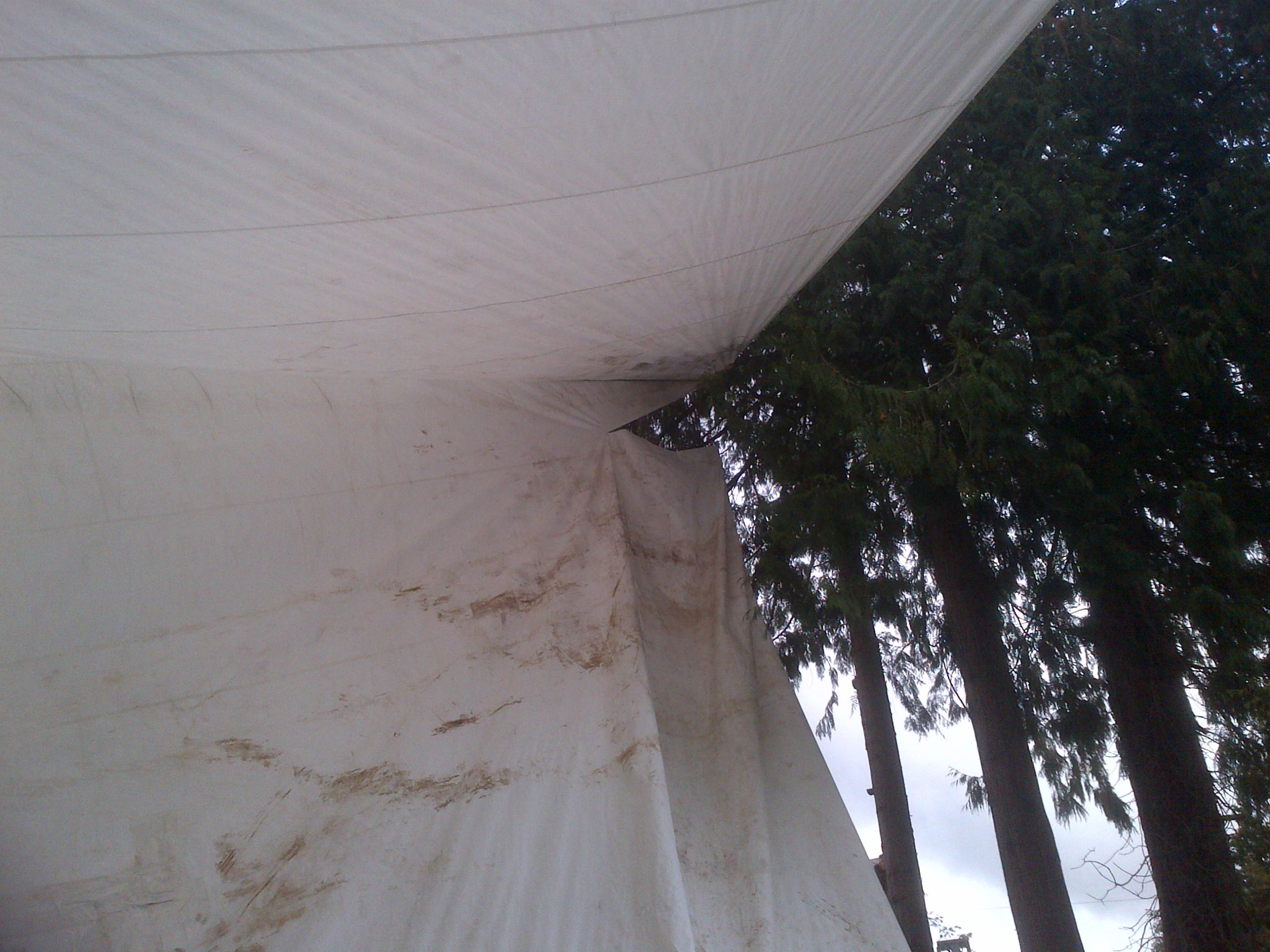Shreaded
Well, it has been 6 days since my last entry because it has been a relatively uninteresting stretch. As I promised myself on Thursday evening, I took last Friday off and actually spent the day sleeping and watching TV. I really did not even spend time at the computer and it was fabulous and oh so needed.
This was followed by a day of auto maintenance on Saturday and catching up on some much needed chores. My wife’s car had no less than 5 bulbs out including headlights, driving lights, fog lights, and marker lights. It also needed an oil change that was due last March. Fortunately, she drives very little in a year because we live so close to downtown where she works.
Sunday was more torturous and involved about 15 hours of entering transactions into my business QuickBooks file in order to start rebuilding the 2 years of data I lost in the March server crash.
So it was not till Monday that I actually got back to the job site and to work. I spent the day transferring my surveyed elevation down to the pit floor and started laying out and digging the footing areas to the required depth. As feared, some were already too deep and would require structural back-fill.
I also finished digging out the final bank corner in an area the big digger was unable to reach. I made a brief attempt to get Alfie up the ramp which was clear pretty quickly was not going to happen. The ramp had been over-dug and then back-filled with the clay like material. This was in an effort to remove all the boulders so the ramp would not be so slippery. However, what was not taken into consideration was the weeping that would occur from that particular location between the soil layers. SO, that back-filled soil just became quicksand. Getting the tractor out of the pit will be something I have to solve at a later time (along with how to get the dirt out that I am digging up for footings).
The day ended with an email to the Geotech asking what to use for the structural back-fill and I really could not do much more until I knew. So I spent all Tuesday AM doing the rebar takeoff for the footings and ICF foundation walls. In the afternoon I realized the answer to my back-fill material question was in the Geotech’s report and so headed off to Roberge (local aggregate supplier) to order a full truck of what is termed ‘Road Base’ which is a mixture of crushed rock (no larger than 1″) mixed with some of the fines from the crushing process. As I was going to a BCBEC AGM and Conference all day today, I set up the delivery for tomorrow morning.
The conference, as always, was excellent with a lot of great speakers and also lots of opportunity to visit with vendors. I used the opportunity to hash out the waterproofing details of my foundation, which I will go into at a later time, but was something I had actively been trying to solve for several months.
I met up with my wife a block away for the ride home and upon turning down my street started to have a very bad day. The tarp was down – Closer inspection showed that it was shredded in several locations. Based on neighbour reports it occurred between 3:00 and 3:15 PM in what was not a high wind level. Checking back with my on-site weather station, the wind at that time was only 10 MPH. The tarp had experienced much higher wind levels prior including earlier in the day. What was different is that this wind was coming from the North where it almost always comes from the SW at my site.
A close inspection showed that the edge cord on at least two sides of the tarp had been ripped right off, a 1/8 S.S. aircraft cable had been snapped, and there was several large rips at various locations (including one that threatens to tear the tarp in half and is parallel to the main line). I also noticed that the rope that had secured the north main tensioning strap (what kept the tarp from bunching up in the middle of the main line) was lying at the bottom of the tree, along with the cable strap, but was not frayed or snapped. It had just come undone and I now think that this was responsible for the calamity that unfolded today.
I secured the flapping tarp so it did not destroy itself any more or worse damage my neighbours plants to the south and went home and had a nap (seemed like the right thing to do!). I will reassess in the morning. Do I give up on the tarp? I would be condemned to a very wet house during the build and just cannot allow that to happen. But I do not know if this tarp can be salvaged or re-secured. Now that the digging is complete, I do not need to worry about propping the sides up as much. Maybe I need to use longer lengths of 1×4 to attach the straps to the tarp to distribute the forces over a wider area. Of course this will now all be much more difficult to address now that there is an enormous pit below.
If anyone has some advise, I am all ears. Thanks for visiting.
